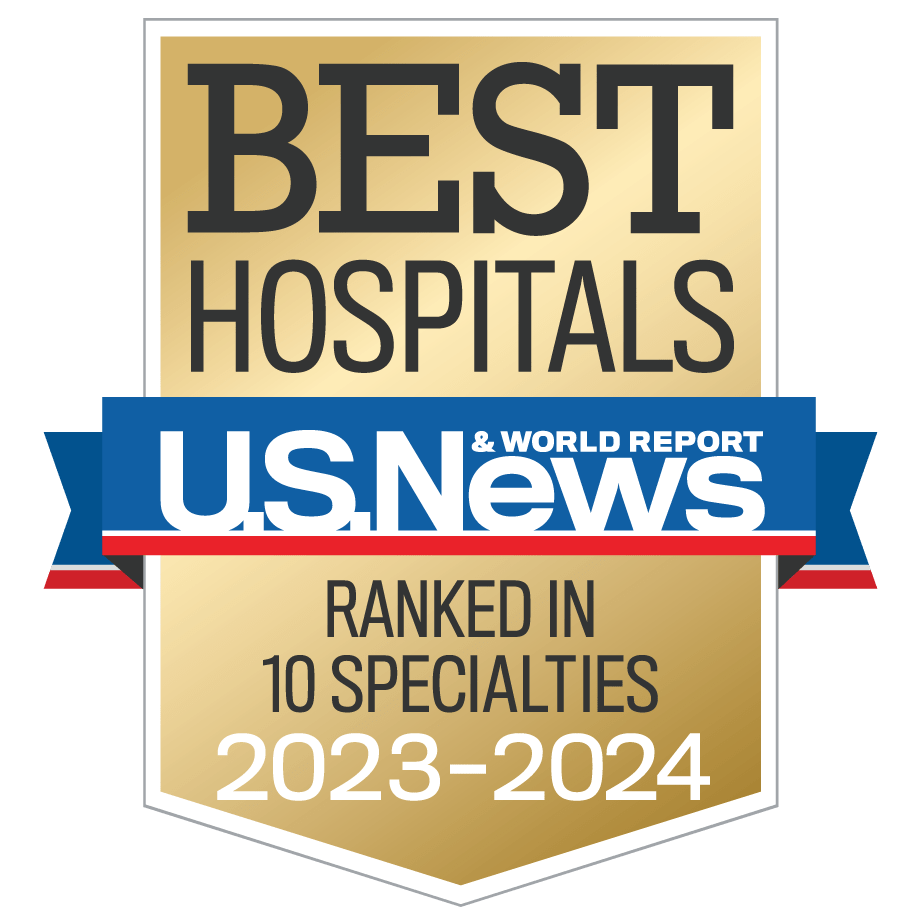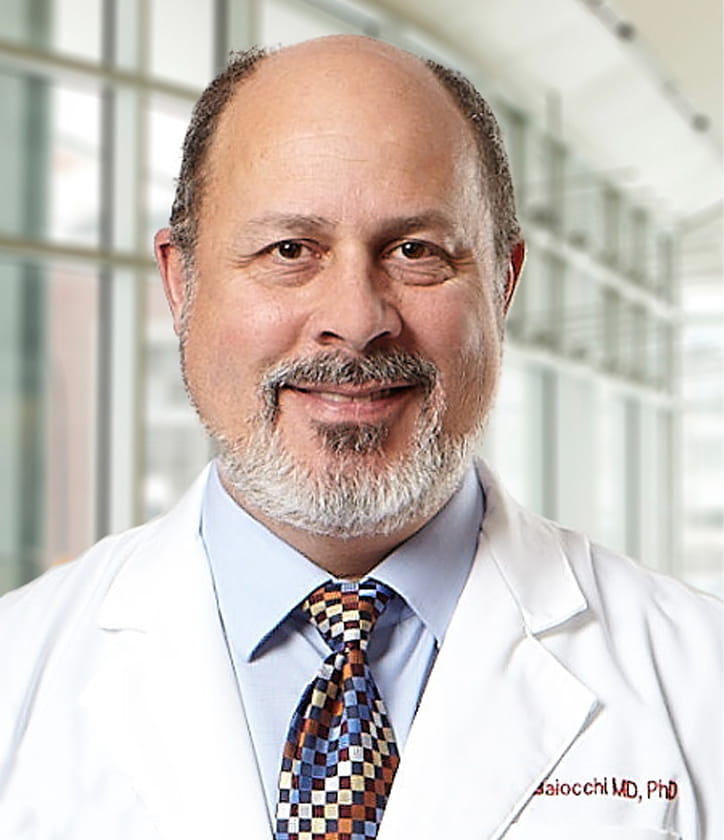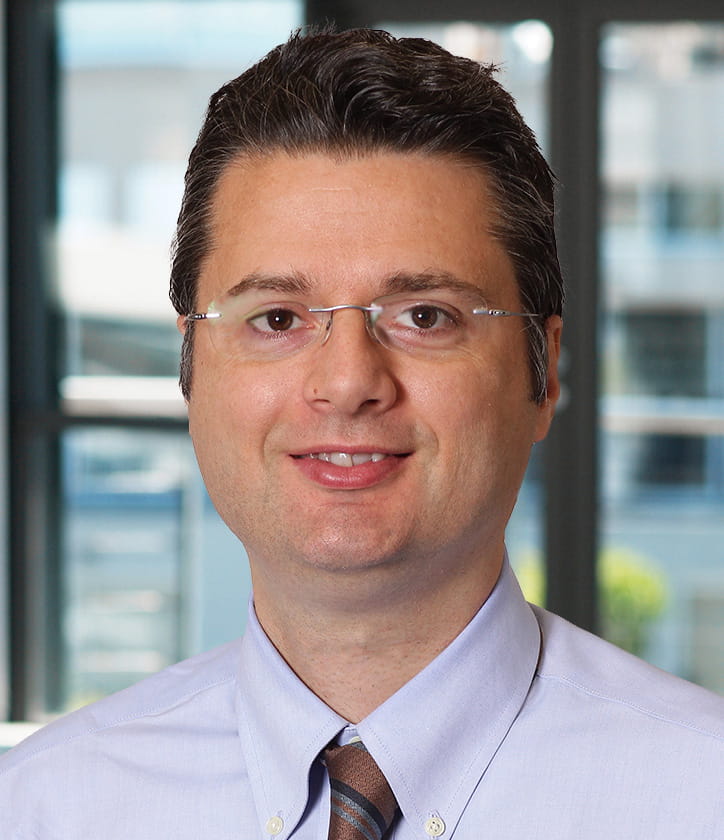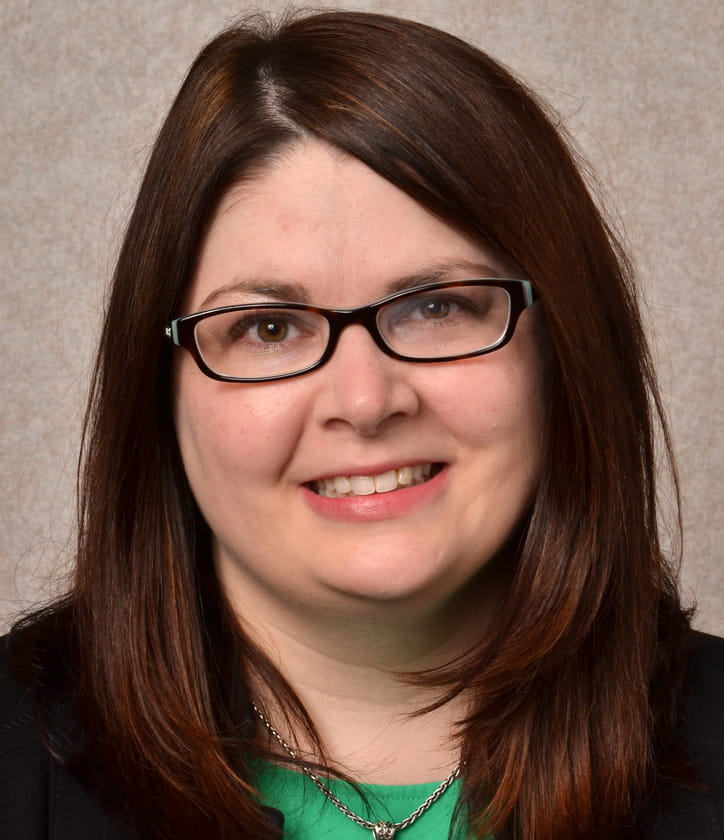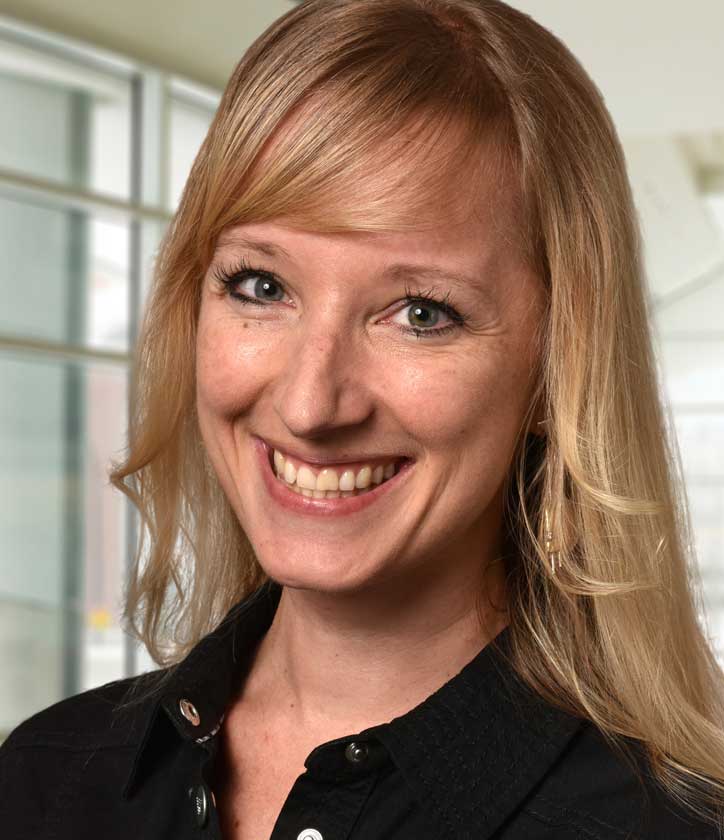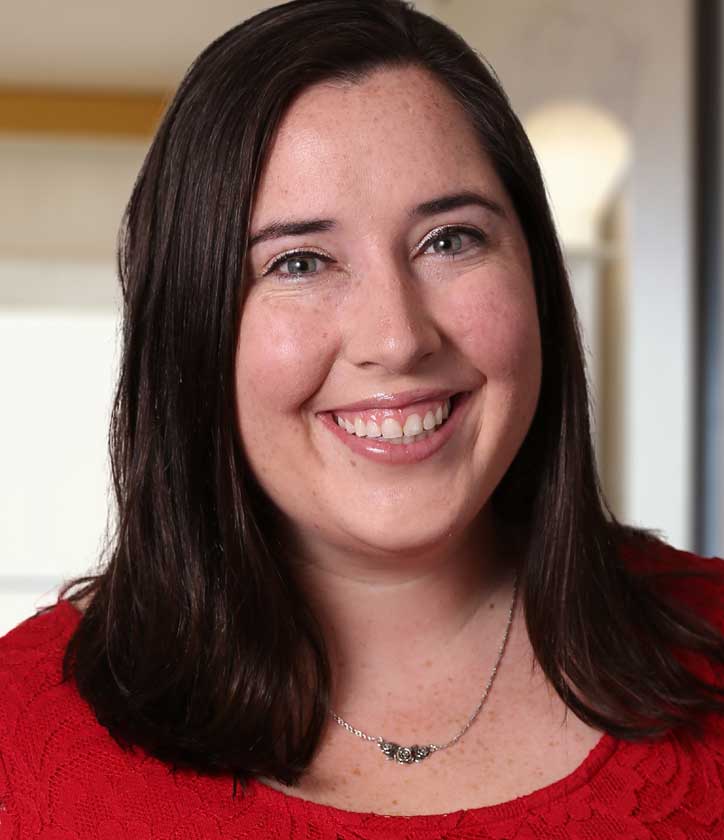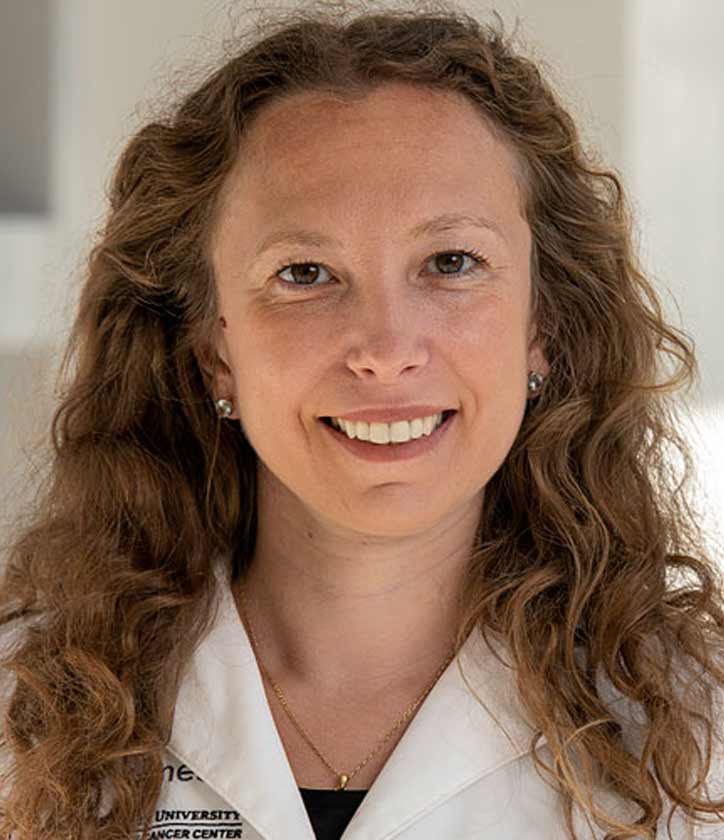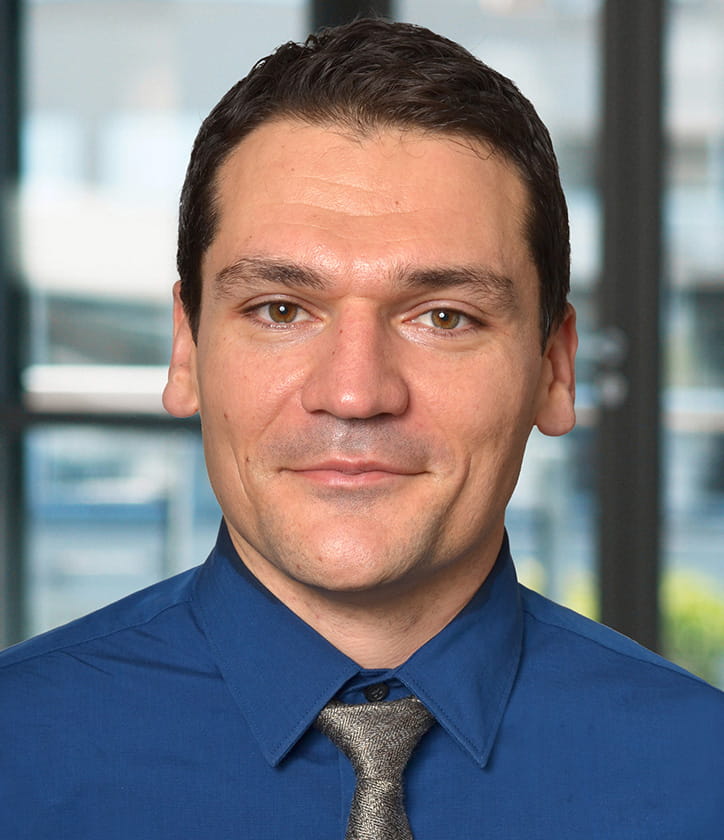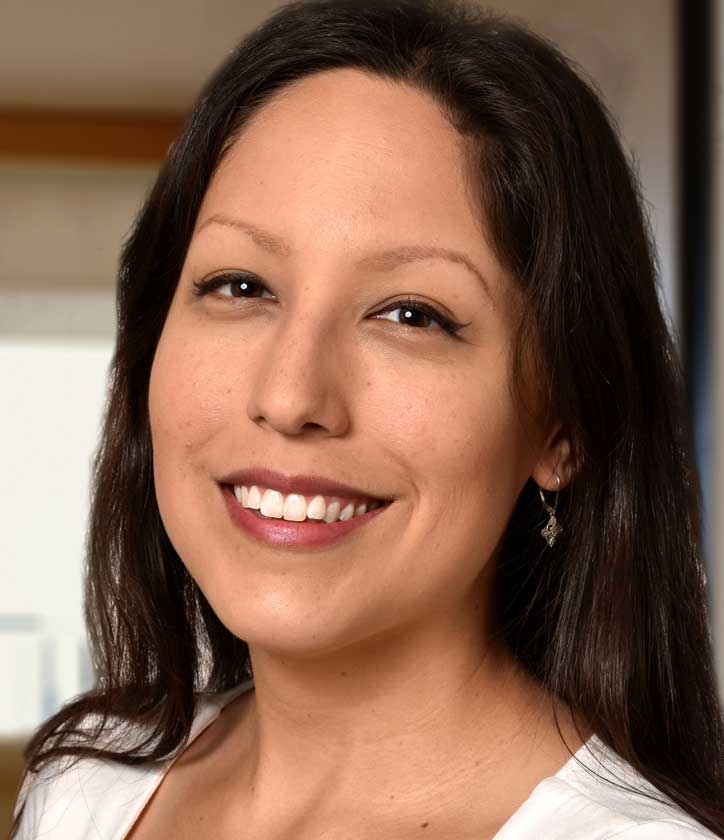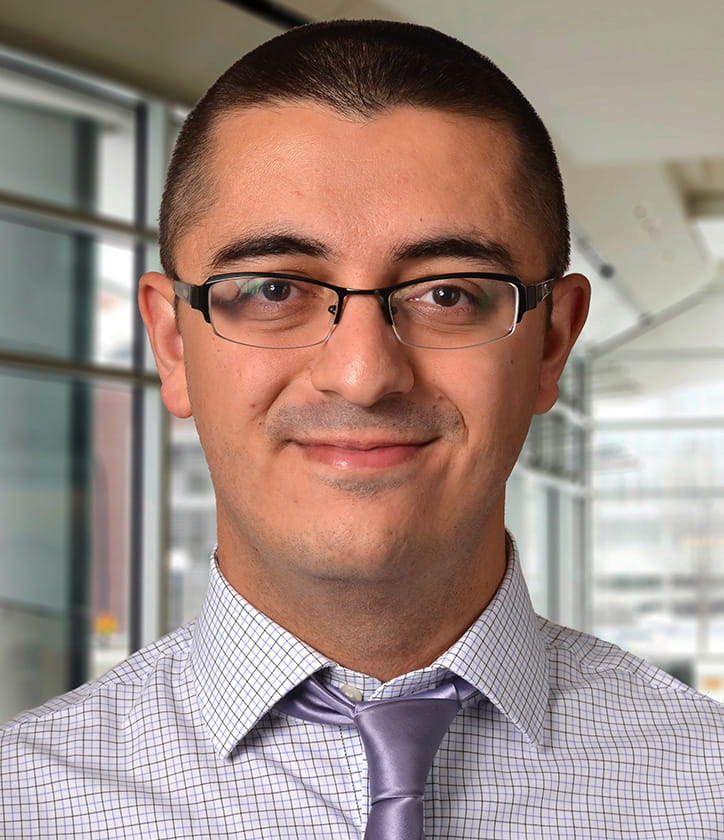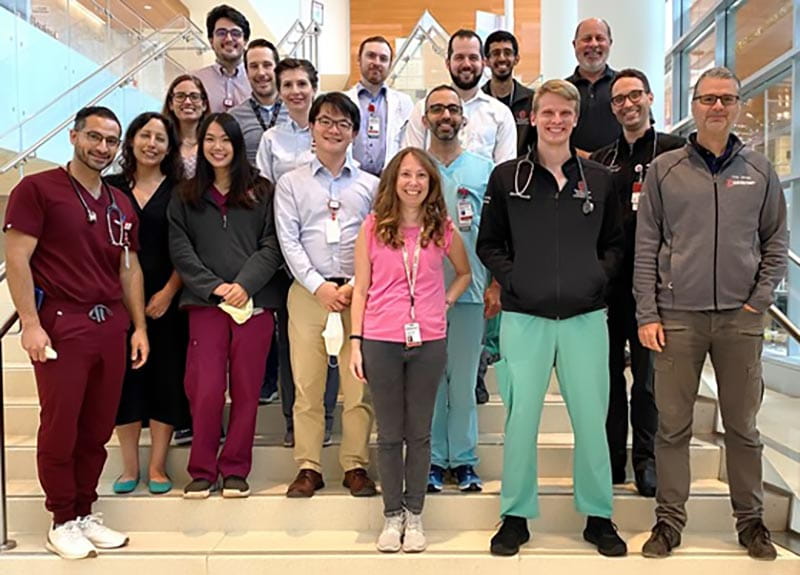 The Department of Internal Medicine’s commitment to the career development of young physicians and academic mission to pursue novel disease prevention and treatment strategies has led to the development of the Physician-Scientist Training Program (PSTP) in 2013. This program merges the outstanding clinical training provided by the Department of Internal Medicine with an intensive mentorship program focused on development of essential skill sets for the ABIM Research Pathway.
The Department of Internal Medicine’s commitment to the career development of young physicians and academic mission to pursue novel disease prevention and treatment strategies has led to the development of the Physician-Scientist Training Program (PSTP) in 2013. This program merges the outstanding clinical training provided by the Department of Internal Medicine with an intensive mentorship program focused on development of essential skill sets for the ABIM Research Pathway.
Trainees have the opportunity to participate in one of eight existing T32 training programs within the medical center, access to a multidisciplinary mentorship team, access to didactics and workshops within the Center for Clinical and Translational Research (CCTS) and financial support for career development activities.
Individuals interested in a physician scientist track but who wish to train a full 3 years as a categorical internal medicine resident are welcome to apply to the new College of Medicine’s Physician Scientist Development Program (PSDP). The PSDP, led by Dr. Robert Baiocchi is funded by a new R38 training grant and supports categorical residents for 1-2 years of protected research time after completion of PGY2. Trainees on the R38 are eligible to apply for the StARRTS K38 training grant, a program that is designed to retain and support clinician investigators who have successfully completed the R38 program as resident investigators. K38 awardees are provided with opportunities for additional research and career development during subspecialty fellowship training years or early career faculty appointments.
Program overview
Goals of the PSTP are to provide a combined training experience in internal medicine and subspecialty of choice with a focus on linking trainees with post graduate research mentors. Emphasis is placed on optimizing career development to transition efficiently into an independently funded faculty position. The overarching goal of the program is to produce outstanding physician scientists who are committed to the pursuit of an independent academic career pathway. Trainees have transitioned into tenured track positions each with fully funded laboratory programs.
Internal medicine training: 24 months
Subspecialty training: 12-24 months (dependent on subspecialty)
Research training (80%): 36 months
Ambulatory Clinic during research training: ½ day per week
For select, qualified candidates, option to join faculty during last year of training (as instructor or assistant professor). Targeted ABIM Internal Medicine Board Eligibility: PGY 4. Targeted ABIM Subspecialty Board Eligibility: PGY 5 or 6 (depending on subspecialty).
- We currently have 29 research trainees at various stages of training (PGY1 – PGY6)
- Approximately 70% of our trainees have matched from outside institutions (including some international medical graduates)
- Approximately 70% of our research graduates have transitioned into Assistant Professor Positions here at Ohio State with funded laboratory programs
- 100% of graduates are currently employed as faculty with fully funded laboratory programs
- NIH funding from 2018-current totals to over $23 million! This includes alumni (K08 and R01) and current trainees (T32, F32, LRP, TL1)
- Additional funding from our alumni and current trainees totals to $7.6 million
- Publications from 2018-current include 144 first/corresponding author papers and over 350 co-authored papers published
- Our current National/International Presentations total to 268
- Newly funded NIH (NIAID) R38 training grant to support 1-2 years dedicated (80%) protected research time for categorical resident training.
- International Scholar categorical residents with interest in physician scientist career development join the PSTP with full access to mentorship team, career development funding, and physician scientist development opportunities in the Department of Internal Medicine and College of Medicine.
Access to a diverse mentorship committee: Committees typically consist of three faculty members from basic, translational and clinical tracks. Meetings occur starting in PGY 1-2. Mentorship committees will focus on expediting a clear path forward to smoothly transition from clinical training, into the laboratory. Because each PSTP trainee possesses unique backgrounds, interests and skill sets, the committee will work collaboratively to identify niche areas that can be targeted to facilitate a successful transition into a fully-funded faculty position. Regular access to mentorship committee members provides each PSTP trainee with an ideal opportunity to obtain input for fostering scientific collaborations, identifying funding opportunities and offering diverse perspectives to enhance scientific research endeavors.
PSTP curriculum: Meetings for special topics or research in progress for candidates in research years. Specialized topics include pursuit of funding (K and first time R01 workshops), career planning and negotiating job positions, commercializing discoveries, CCTS/Fisher College of Business Innovation Workshop, engaging in development and philanthropic activities, communicating your science to the public, preparing for presentations, mentorship, how to run a lab, etc.).
Obtain mentorship skills: Regular interaction with MSTP program providing mentorship to graduate student trainees to aid in transition to a residency within a PSTP
Career development activities in our Center for Clinical and Translational Science Institute (CTSI)
Present your research: Participate in the annual departmental research meeting and others
ABIM Research Pathway Career Development Supplements are provided during PGY 1-6:
|
Year One |
Internship | $4,000 | support for travel to a national meeting, journals | |||||
|
Year Two |
Junior Residency | $4,000 | support for travel to a national meeting, journals | |||||
|
Year Three |
Clinical Fellowship | $4,000 | support for a computer and software, travel to a national meeting, journals | |||||
| Years Four - Six | Research |
$15,000 | $10,000 to supplement salary; $5,000 to support travel and other expenses |
- Trainees who have performed exceptionally well (K award or equivalent and impactful publications), have the option in the last year of program (PGY5 or 6 depending on subspecialty) for negotiating full-time faculty position (instructor vs. assistant professor per division's discretion).
- Assistance targeting extra/intra mural grants (including NIH loan repayment program)
- For categorical candidates who do not participate in the ABIM research pathway, there are opportunities to pursue an extended research block
How to apply and requirements
Individuals who hold an MD or PhD degree or an MD degree with significant research experience are eligible for the PSTP Research Pathway. Eligible candidates for PSTP will be invited for an interview with the department, faculty within the subspecialty of interest, and the PSTP director.
Categorical residents interested in obtaining extended research blocks will be invited to submit an application outlining the scope of the research project, timeline and mentorship information. Categorical residents not interested in ABIM research pathway are eligible to apply for the College of Medicine’s Physician Scientist Development Program and train on a newly funded R38 training program led by Dr. Baiocchi and Dr. Bumgardner.
Questions regarding eligibility can be sent directly to Dr. Robert Baiocchi Robert.Baiocchi@osumc.edu.

